
Overview:
Although TWIC cards (Transportation Worker Identification Credential) have been deployed to 1,000’s of U.S. Port workers across the U.S., TWIC cards are just now starting to be used as originally intended…to increase security at U.S. ports and other U.S. based facilities like refineries. With the passage of the TWIC Final Ruling expected shortly, it will no longer be acceptable to merely “flash” your TWIC card for entry into major U.S. Ports and other critical infrastructure facilities like Oil and Gas refineries. Currently there is no requirement to authenticate the actual digital certificate on the TWIC against a national database of registered TWIC card holders. Several challenges have plagued (mostly budgetary) these facilities from actually digitally verifying the TWIC. With the TWIC Final Ruling coming soon we’re getting closer to seeing these cards being used to their full potential of identifying TWIC card holder’s actual digital information
The TWIC final ruling will dictate that TWIC card authentication will be required at various access points at these facilities including perimeter (gates, water and land access) and building door access. Some ports have previously received aide through the Port Security Grant fund and many more are expecting financial support to meet compliance. The Port Security Grant Fund has a 5 yr usage expiration.
Who does it affect?
U.S. Ports and Oil/Gas/Chemical facilities throughout the U.S. which are categorized into 3 groupings (A, B, and C) depending on security vulnerability. Group A, consisting of 532 facilities, is currently the only group being proposed to meet the increased security measures.
B and C Groups are not currently required to comply however this could change in the future.
When does it go into effect?
A date hasn’t been officially set however the requirements are moving forward. Facilities with Federal funding are using the TWIC ICE list in the short term however the DHS QTL (Qualified Technology List) will be the future list for port and other facilities to follow.
What is the opportunity for Tx Systems’ partners?
The largest most significant opportunity may lie within the need for TWIC authentication at perimeter access points (including gates from land and sea). Tx Systems is a distribution partner for DAP Technologies which is currently on the TWIC ICE list, which lists approved products and solutions in order to meet the compliance mandate. Using the DAP Tech 3240B with the Code Bench OmniCheck software or Intellicheck Mobilisa Software provides a mechanism for authenticating the certificate on a TWIC on a mobile basis (ex. guard shack). Additionally, there is also opportunity to provide access control products and services as some facilities may require alterations to existing access control systems. Tx Systems is a distribution partner of Hirsch Identive , Quintron, and Continental Access . Most facilities already have some form of access control however they may not have the ability to read the certificate on the TWIC (which will be required in the TWIC Final Ruling). In that case, the access control reader may need to be switched out with an Identive PAT 1241 or HID PIV Class in order to support certificate authentication at the door .
Conclusion:
The TWIC Final Ruling has been a long time coming. Although dates for meeting compliance haven’t been finalized by the DHS, lots of opportunities exist to assist U.S. Ports and Chemical/Oil/Gas facilities with additional authentication security solutions. With many facilities already receiving federal funding (and future sites pegged to receive funding) opportunities are numerous. Tx Systems is your resource for solutions, hardware, and software that allow for these facilities to meet the DHS TWIC Final Ruling. This is includes the DAP Tech 3240B handheld, Code Bench OmniCheck software , Intellicheck Mobilisa Software , Identive PAT 1241 , and HID PIV Class. Please reach out to your Tx Systems representative or contact us at sales@txsystems.com for additional support and information on products and pricing.
I encourage all who has read this blog to seek out information regarding the TWIC Final Ruling and share your feedback. Information on this topic is highly fragmented throughout the web, hopefully this information was useful in helping your organization understand the TWIC landscape to better serve your customers and organization.



